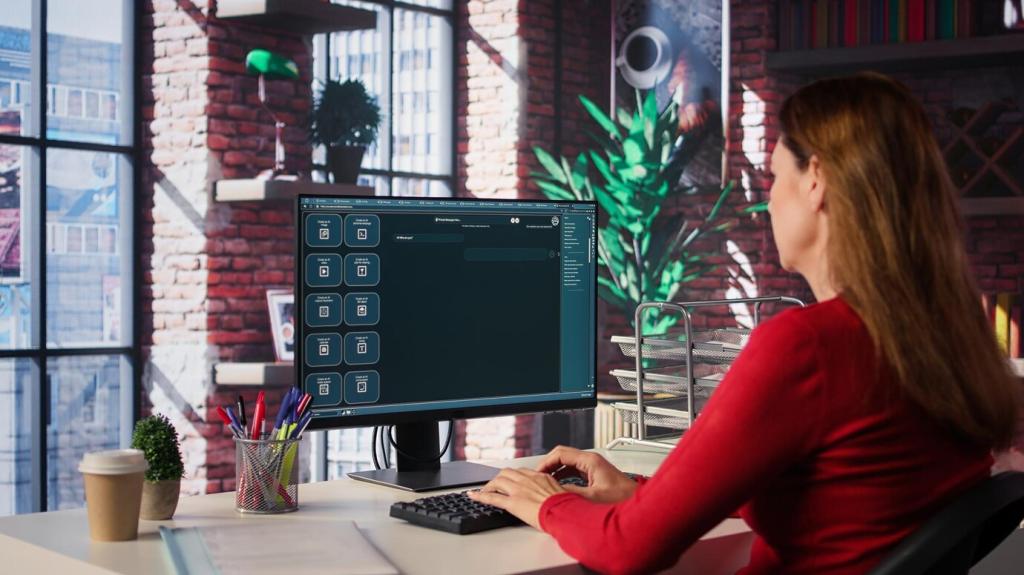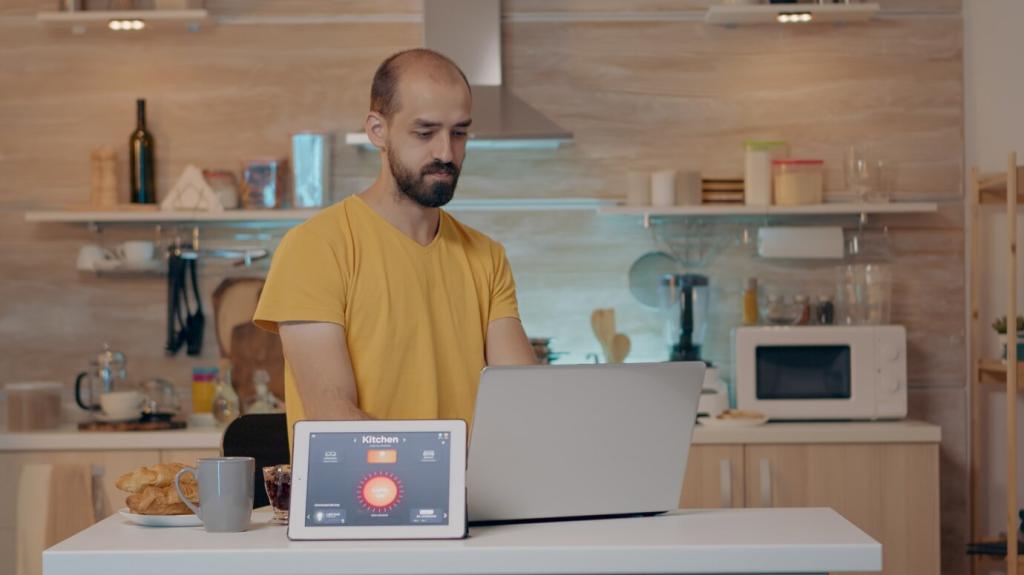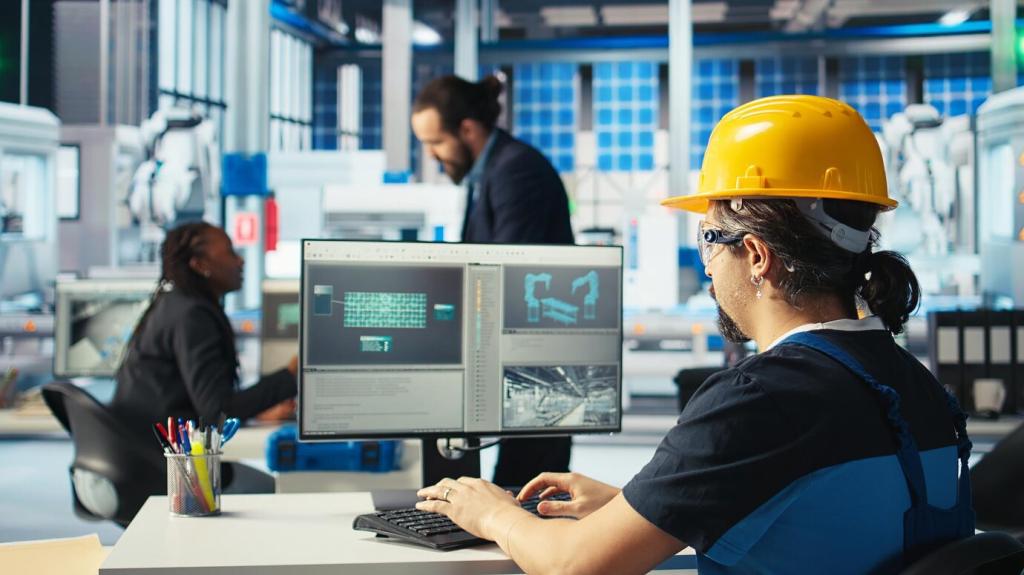
Top Trends in Warehouse Automation Technology: The Future of Fast, Safe, and Scalable Fulfillment
Chosen theme: Top Trends in Warehouse Automation Technology. Explore the innovations reshaping modern facilities—from AI and AMRs to edge computing and sustainability. Join our community for weekly insights, and tell us which trend you are testing on your floor.
Predictive demand and labor forecasting
Machine learning models merge order history, promotions, weather, and even port congestion to anticipate spikes and shape labor plans. One coastal DC shifted start times by thirty minutes and avoided overtime burnouts during peak. What signals do you feed your forecasts?
Reinforcement learning for slotting and pathing
Dynamic policies learn which items deserve golden zones and which travel routes minimize congestion. A Midwest 3PL retrained nightly and shaved travel minutes without reconfiguring racking. Share your slotting wins—or missteps—to help others tune smarter policies.
Rise of AMRs, Cobots, and Goods‑to‑Person Systems
AMRs versus AGVs: flexibility over fixed paths
AMRs navigate dynamic aisles, rerouting around obstacles without magnetic tape or reflectors. A seasonal apparel site added twenty units in days, then redeployed them post‑peak. Comment with your preferred fleet size and how you handle traffic near dock doors.
Goods‑to‑person throughput without worker burnout
Automated shuttles and lifts deliver totes to ergonomic stations where associates pick comfortably. One team reported fewer steps and better fill rates after rebalancing stations each hour. Considering G2P? Ask us for a station design checklist tailored to small teams.
Safer, smarter collaboration with cobots
Force‑limited cobots handle repetitive picks, tapers, or palletizing while people tackle exceptions. Clear visual cues and training rituals make trust practical. Share your best cobot onboarding tip; we will feature reader strategies in next week’s edition.

Edge versus cloud: decide where milliseconds matter
Keep safety, navigation, and motion control local; use cloud for training models and fleet‑wide analytics. One bakery DC avoided outages by caching tasks at the edge. How do you partition workloads to protect uptime during network hiccups?
Private 5G and Wi‑Fi 6 for dense robotics fleets
Modern radios reduce interference from scanners and metal racks, keeping command channels clear. A pilot dock went from drops to steady coverage with carefully placed small cells. Reply if you want our checklist for RF site surveys in cluttered aisles.
Sensor fusion that survives dust, glare, and pallets
Lidar, depth cameras, IMUs, and wheel odometry work together to keep AMRs precise when floors shine or labels reflect. Operators report fewer localization resets after tuning fusion parameters. Subscribe for our practical playbook on stress‑testing perception.
Interoperability Becomes Non‑Negotiable
Interfaces like VDA 5050, OPC UA, and clean REST APIs let mixed fleets share missions and telemetry. A grocery network onboarded a second robot brand without rewriting WMS logic. Tell us which standards you prioritize when shortlisting vendors.
Interoperability Becomes Non‑Negotiable
Middleware assigns work across people, AMRs, and conveyors based on SLAs and congestion maps. One site cut idle time by balancing missions between picking and replenishment. Want a vendor‑agnostic RFP template? Comment and we will send the latest draft.
Interoperability Becomes Non‑Negotiable
A live twin of queues, zones, and assets tests new rules safely before go‑live. After simulating lunch breaks, a team eliminated midday jams. Subscribe for our walkthrough on building a minimal twin that still yields confident decisions.
Sustainability Woven Into Automation Decisions
Fleet managers schedule missions and opportunistic charges to flatten peaks and protect batteries. A refrigerated site aligned charging with cheaper grid windows. Share your favorite energy dashboards, and we’ll compile a community tool list.


Sustainability Woven Into Automation Decisions
Cartonization engines and auto‑packers cut void fill, shipping costs, and damage. One cosmetics brand reduced breakage after switching to on‑demand boxes. Tell us if dimensional data from your WMS is accurate enough to feed these engines reliably.

Micro‑segments isolate fleets from office networks, and per‑device identities limit lateral movement. One incident drill revealed a forgotten test account. Comment if you want our quick-start guide to mapping OT trust boundaries in legacy facilities.

Knowing what runs on every controller matters. Software bills of materials and signed updates make patching predictable. A quarterly cadence kept a pharma site audit‑ready. Subscribe for a vendor questionnaire that surfaces update practices early.

Centralized logs and alerts spot anomalies before downtime spreads. Teams practice tabletop scenarios for unplugged access points or rogue devices. Share your best lesson from a security drill; we will anonymize and publish for peers to learn.
People‑First Change Management and Upskilling
Daily standups, visible experiment boards, and named robot partners reduce anxiety and surface ideas. One supervisor let associates ‘retire’ a nickname when a robot graduated. How do you celebrate milestones while keeping standards tight?


People‑First Change Management and Upskilling
Glanceable tutorials and guided checklists help new hires master stations in hours, not weeks. A mentor program paired tech‑curious pickers with robot techs. Subscribe to receive our microlearning storyboard template for your next line launch.
From Pilot to Scale: Proving ROI with Confidence
Define target SKUs, aisle types, and exception rates that mirror reality. A smart pilot included returns to test edge cases early. Comment to get our pilot scorecard for warehouse automation technology and stakeholder alignment.

